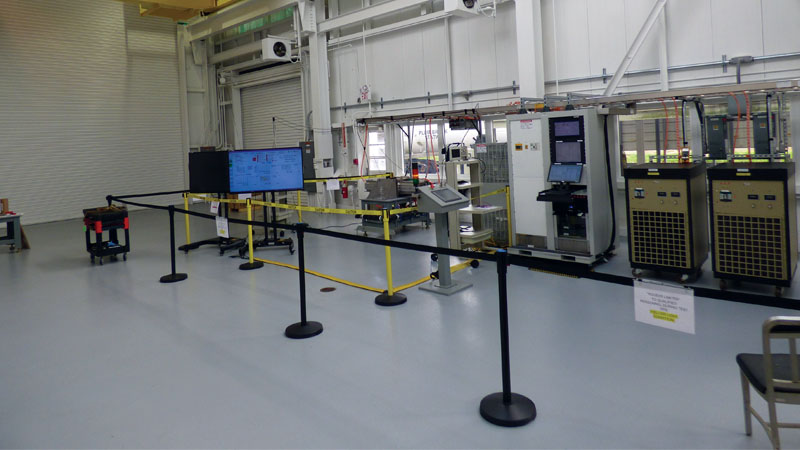Stay Up to Date
Submit your email address to receive the latest industry and Aerospace America news.
The Energy Optimized Aircraft and Equipment Systems Program Committee focuses on increasing electric power and implementing thermal management technologies for efficient, more capable green aircraft.
Much has happened in 2016 as electric aircraft development has really taken off for commercial applications and as the military continues its more-electric development.
The U.S. Air Force’s Integrated Vehicle Energy Technology, or INVENT, program is in its final year with the integrated ground demonstration scheduled to be completed in fiscal 2017. INVENT has been focused on working aircraft electrical power and thermal management applicable to both current and future aircraft. As INVENT winds down, the Air Force has also embarked on advancing MegaWatt Tactical Aircraft, or MWTA, which shares similar technology challenges with NASA’s hybrid-electric propulsion initiative. NASA and the Air Force have also kicked off a joint effort to extract megawatt-class electrical power from a single propulsion engine. The service is also wrapping up construction on its megawatt power and thermal integration facility at Wright-Patterson Air Force Base, Ohio, and begun installing facility infrastructure for an in-house resident capability at the same location to complement INVENT and MWTA efforts with industry. During construction, a 5-foot wind tunnel commissioned by one of the Wright brothers a century ago was repurposed.
The NASA Electric Aircraft Testbed facility repurposes a NASA asset originally designed for nuclear thermal propulsion testing to accommodate current and future research needs for electrified aircraft propulsion. The facility is the first reconfigurable hybrid gas-electric propulsion test bed intended for full-scale single-aisle electrified aircraft powertrain development. It has infrastructure for up to 12 megawatts of input power — 48 if regenerated — remote control of operations, support for cryogenic fuels and multimegawatt cooling capacity.
The facility, located near Sandusky, Ohio, completed its first aircraft engine emulation test suite in the summer. The emulated flight profile included actual takeoff, climb and cruise conditions for a scaled CF34 turbofan including inertia, N1, and torque loading with 20 millisecond transient fidelity. In addition to demonstrating high fidelity ducted fan transient emulation, future experiments will establish baseline power quality, electromagnetic interference levels, and validate aircraft powertrain modeling predictions.
Electronic materials development is crucial to the improvement across these industries. In 2016 the Interagency Advanced Power Group continued to serve as a forum for more detailed discussion and information sharing in the materials associated with electric and electronic circuitry, devices, current flow, control and conversion. The rapid introduction of new wideband gap devices made from silicon carbide and gallium arsenide is changing the landscape of efficient power component design by increasing operational temperature, voltage and frequency ranges. As semiconductor devices improve, focus is expanding to other materials such as the soft magnetic materials central to filtering and power conversion. These materials are being applied to component prototypes for NASA, Defense Department and Department of Energy-funded power electronics.
The Institute of Electrical and Electronics Engineers and the Grainger Center for Electrical Machines and Electromechanics sponsored a special workshop “Technology Roadmap for Large Electrical Machines” in April at the University of Illinois Urbana-Champaign. The intent of the workshop was to bring together leading researchers, thought leaders, application experts and key stakeholders across the industry, academia and government to generate a consensus-based roadmap for transformational technologies for emerging applications such as subsea oil and gas processing, offshore wind turbines and electric aircraft.
The workshop participants chose electrified aircraft as their focus technology and are seeking further synergy between traditional IEEE and traditional AIAA stakeholders. ★
Stay Up to Date
Submit your email address to receive the latest industry and Aerospace America news.




